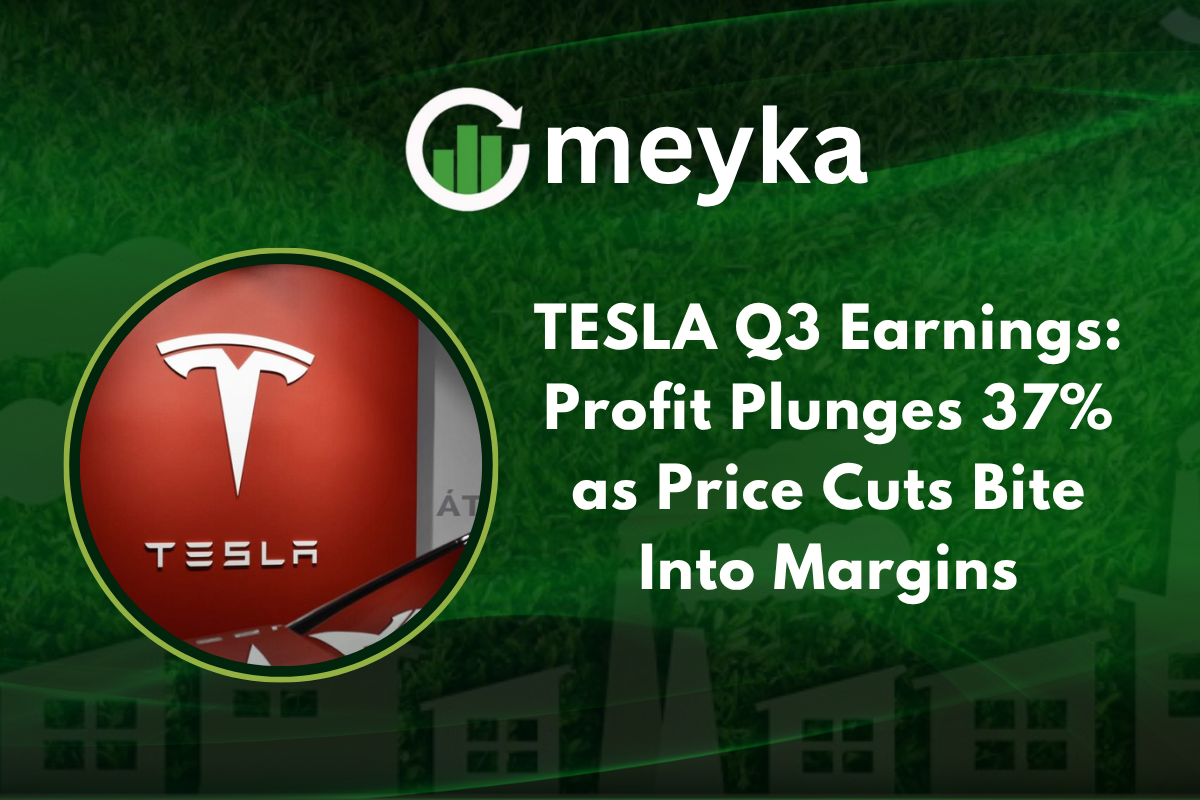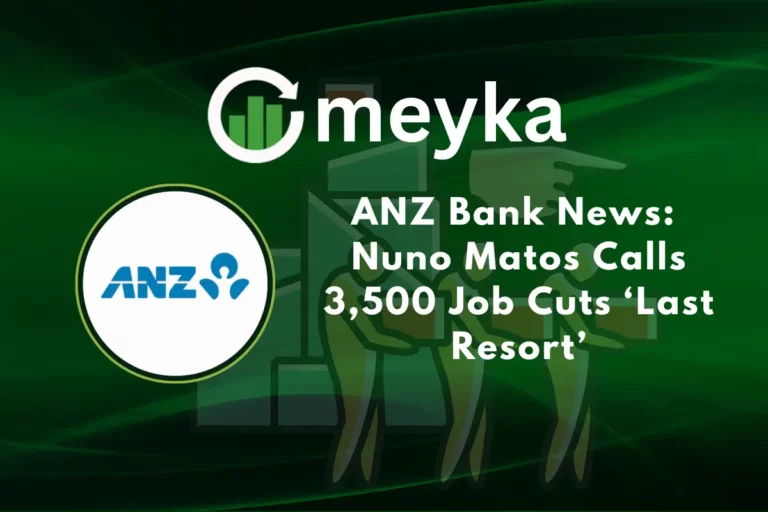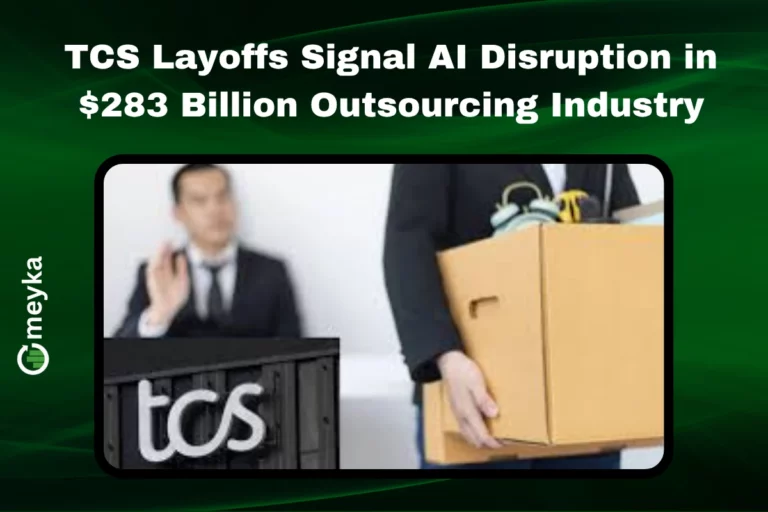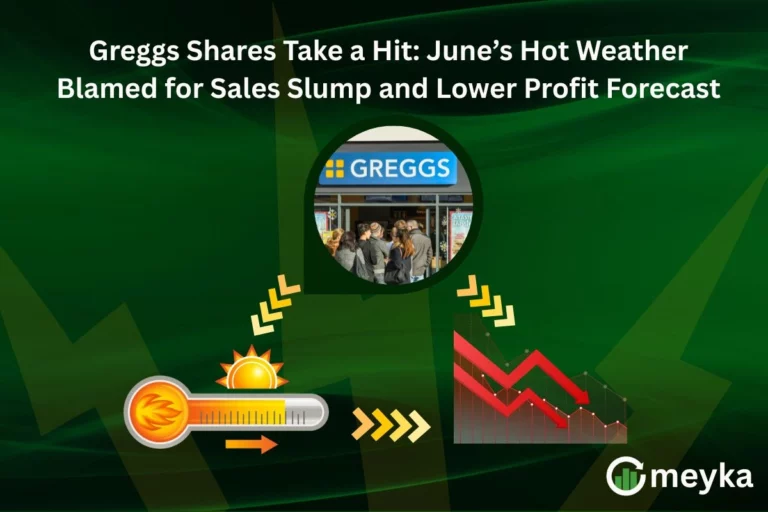TESLA Q3 Earnings: Profit Plunges 37% as Price Cuts Bite Into Margins
TESLA reported mixed results for Q3. Revenue hit a record $28.1 billion, but profits fell sharply. The company’s price cuts for Model 3 and Model Y, higher costs, and fading regulatory credits all weighed on results. CEO Elon Musk stressed long-term bets on AI and robotaxis, but investors focused on margin pressure and near-term earnings pain.
TESLA Reports Sharp Profit Drop Despite Record Revenue
Tesla (TSLA) beat revenue expectations but missed on profits. The company posted $28.1 billion in third-quarter revenue, above Wall Street estimates, driven by strong deliveries as buyers raced to use an expiring federal tax credit. Still, headline profits slid markedly year-over-year, a sign that price cuts and higher operating costs are taking a toll.
Reuters reports the company missed EPS estimates, reporting $0.50 per share on an adjusted basis versus forecasts near $0.55.
Why did Tesla’s profits fall this quarter? Price cuts to the Model 3 and Model Y trimmed per-car revenue. Tariffs and rising R&D and AI spending pushed operating costs higher. Regulatory credit income also fell, shrinking a previously helpful profit source.
Revenue Grows, but Margins Tell a Different Story
Tesla’s (TSLA) topline rose, yet margins slipped. Reuters notes automotive gross margin excluding regulatory credits came in at 15.4%, and overall gross margin was 18%. That is weaker versus historical highs.
Operating expenses jumped about 50%, largely due to AI and R&D projects and higher stock-based compensation. The company also said tariffs cost it more than $400 million in the quarter. Those factors combined to squeeze net income and send shares lower in after-hours trading.
Investor reaction was immediate. Social channels and trading desks showed quick profit taking as analysts digested whether the price-cut strategy will drive volumes enough to offset margin erosion.
Elon Musk Addresses Investor Concerns
On the earnings call, Elon Musk framed Q3 as a short-term margin trade-off for longer-term ambitions. He reiterated Tesla’s (TSLA) push into autonomy, robotaxis and humanoid robots as multiyear value drivers.
Musk emphasized that Tesla (TSLA) is building a foundation for future high-margin services even while vehicle margins are under stress now. Reuters cited management saying production expansion and AI projects will mean higher capex in 2026.
What does this mean for Tesla stock investors? Short term, expect volatility. Long term, Musk’s message is that AI and robotaxi businesses could restore a premium valuation, but execution risk and near-term margin pressure remain real.
The Role of AI and Next-Gen Vehicles in Tesla’s Future
Tesla (TSLA) continues to invest in AI: Full Self-Driving software, Dojo training infrastructure, and robotaxi pilots. Management positions these programs as the path to future margin expansion outside car sales. That narrative supports investor faith even as car margins decline.
Mentions of AI work also attract algorithmic interest; some market models and quant desks mark Tesla under AI-tech categories, prompting crossover flows from technology to auto investors. AI Stock chatter and tech-driven investor flows can amplify moves in TSLA shares.
Tesla’s Global Challenges From EV Demand to Competition
Tesla (TSLA) faces a tougher market. Reuters notes that demand, which was boosted by the expiring tax credit in the U.S, may fade, leaving dealers and Tesla to contend with normal seasonal patterns. Competition is intense, with rivals offering lower-priced models and strong domestic options in China and Europe.
Production ramps at Gigafactories in Texas and Berlin increase capacity but also raise short-term expenses and complexity. Those pressures show up in delivery and margin outlooks.
How are Tesla’s international markets performing? Europe saw solid demand, but Asia faces competition. U.S. sales were supported by tax incentives, which are now behind us, making the sustainability of demand a key question.
Supply Chain, Battery Costs, and Energy Business Outlook
Tesla’s energy segment performed well, with the company reporting strong growth in storage deployments. Reuters says energy storage rose sharply, helping diversify revenue. Still, battery raw material costs and supply-chain friction added to production costs in the quarter.
Tesla’s investments in Gigafactory capacity and next-gen battery lines will raise capex even as executives seek to find cost savings per vehicle. AI Stock Research tools are being used by analysts to model these cost and volume tradeoffs across scenarios.
Tesla Stock Reaction and Analyst Opinions
Markets moved quickly after the print. Reuters reported shares fell about 4% in after-hours trading on the mix of record revenue but disappointing profitability. Analysts are split: some call the price cuts a smart move to hold volume and market share; others warn of a multi-quarter margin drag if average selling prices stay lower.
Wall Street commentary ranges from “priced-in” optimism to calls for greater caution until Tesla proves cost cuts offset lower prices.
What tools do traders use to parse this? Many desks combine traditional financial modeling with AI Stock Analysis and alternative data to scan demand signals, delivery trends, and social sentiment before sizing positions.
Key Metrics from Tesla’s Q3 Earnings Report
- Revenue: $28.1 billion, beating estimates.
- Adjusted EPS: $0.50 per share, below consensus.
- Automotive regulatory credits: $417 million, down from prior year.
- Automotive gross margin, excluding credits: 15.4%.
- Operating expenses rose roughly 50%, driven by AI and R&D spend.
- Tariff impact: over $400 million in the quarter.
What’s Next for TESLA? Focus on Innovation and Recovery
Tesla plans to continue investing in robotaxis, Optimus humanoids, battery advances and vehicle production. The company said it remains on track for several volume projects and expects capex to rise in 2026 as it scales new lines.
For investors, the path back to stronger margins likely runs through cost optimization, higher software and service revenue, and successful commercialization of autonomy. If those execute, long-term growth could resume despite the short-term margin squeeze.
Can Tesla recover from this margin squeeze? Yes, but recovery depends on whether lower prices drive enough volume to offset per-unit margin loss and whether AI and energy businesses ramp profitably.
Conclusion: TESLA’s Path Forward in a Competitive EV Market
TESLA posted record revenue but a steep profit decline as price cuts, tariffs and higher R&D spending hit the bottom line. The 37% slide in core profit highlights a trade-off between market share and margins.
Management’s focus on AI, robotaxis and next-gen products offers a long-term growth story, but near-term results will matter to investors. Watch production costs, regulatory credit trends, and the pace of AI commercialization to gauge whether Tesla can turn today’s pain into tomorrow’s gains.
FAQ’S
Tesla reported $28.1 billion in revenue for Q3 2025, beating estimates, but net profit fell 37% year-over-year due to aggressive price cuts and rising production costs.
Tesla’s profit margin dropped as price reductions for Model 3 and Model Y, tariffs, and higher AI and R&D expenses outweighed the benefit of record deliveries.
Analysts expected Tesla to post around $27.9 billion in revenue and $0.55 earnings per share, but actual results came slightly below on EPS at $0.50.
No, Tesla’s Q3 profit declined by 37%, even though revenue and deliveries hit record levels, showing that price cuts squeezed margins despite strong sales.
Disclaimer
The content shared by Meyka AI PTY LTD is solely for research and informational purposes. Meyka is not a financial advisory service, and the information provided should not be considered investment or trading advice.”






